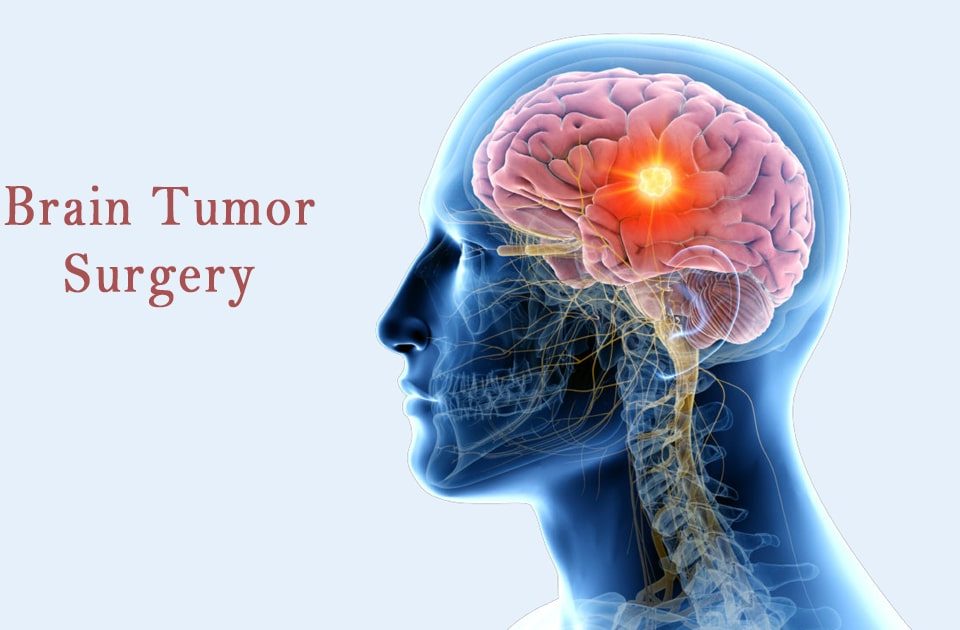Brain Tumor Symptoms and Treatments

A brain tumor is an abnormal growth of tissue in the brain or central spine responsible for proper brain functionality. Doctors refer to a problem based on where the tumor cells originated and whether they are cancerous (malignant) or non-cancerous (Benign)
Benign-The least aggressive of the tumor is a benign tumor. They originate from cells within or surrounding the brain, do not contain cancer cells, grow slowly, and typically have clear borders.
Malignant- Malignant type contains cancer cells and often does not have clear borders. They are considered life threatening because they grow rapidly and invade surrounding brain tissue.
Primary: Tumors that start in the brain cells are called primary brain tumors. The tumor can spread to the other brain parts or the spine.
Metastatic- Secondary type begins in the part of the body and then spreads to the brain. These tumors are more common than primary brain tumors.
Symptoms
When the brain tumor is suspected, several tests may be done to help the doctor reach a brain tumor diagnosis. These tests may also help the doctor determine what kind of tumor it is.
Some of the tests performed to first diagnose the tumor and later used to monitor progress- to see if the tumor has disappeared, is striking, remains the same, or has changed in the same way.
The doctors, nurses, and other professionals who give these tests can provide an answer, information, reassurance to help one feel more at ease.
The most common symptoms of a brain tumor include
• Headaches
• Numbness in arms and legs
• Memory problems
• Balance and walking problems
• Nausea and vomiting
• Change in speech, vision, or hearing
Brain tumors grades
A brain tumor is classified as grade 1, grade 2, grade 3, and grade 4 type of tumor.
Grade 1: Benign tumors with a slow growth rate look like normal brain cells.
Grade 2: Malignant tumors that look less normal than the grade 1 tumors.
Grade 3: Malignant tumors that look very different from normal cells. They grow actively and look distinctly abnormal.
Grade 4: Malignant tumors with distinctly abnormal-looking cells that grow and spread rapidly.
Diagnosis
The doctor starts by asking questions about your symptoms and taking a personal and family health history to diagnose a type. Then they perform a physical exam, including a neurological exam. If there’s reason to suspect a brain tumor, the doctor may request one or more tests.
• Imagine studies such as CT scans or MRI to see detailed brain images.
• Angiogram, which involves the use of dye and X-ray of blood vessels in the brain to look for the signs of the type of abnormal blood vessels.
• The doctor may also ask for a Biopsy to determine whether or not the tumor is cancer. A tissue sample is removed from the brain during surgery to remove the tumor with the needle inserted through a small hole drilled.
• Options include treatment by surgery, radiation therapy, and chemotherapy.
How is it can be treated?
Surgery to remove the brain tumor is typically the first option once a brain tumor has been diagnosed. However, some tumors can’t be surgically removed because of their location in the brain. In those cases, chemotherapy and radiation therapy are both options for killing and shrinking the tumor.
Because cancer treatment can damage healthy tissue, it’s important to discuss the possible side and long-term effects of whatever treatment is used with your doctor. Rehabilitation could involve working with different therapies
• Physical therapist to regain strength and balance
• Speech therapist to address the problem with speaking, expressing thought
• Occupational therapist to help manage daily activities such as bathing and dressing the wound properly.






